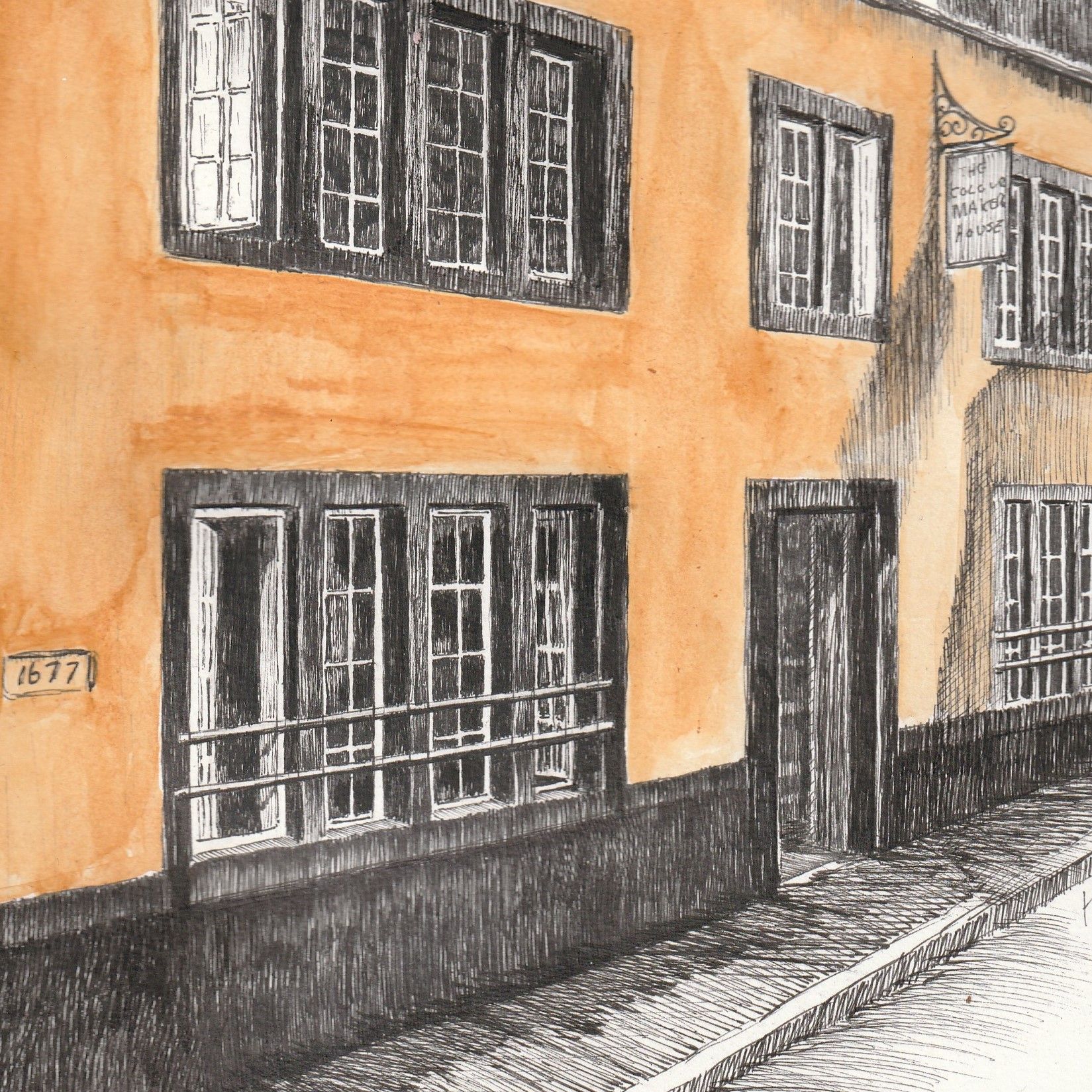
Alchemy at the Historic Colour Maker's House
on the edge of the Lake District - 017683 53530
The Fascinating Process of Creating Earth Pigments
Introduction:
Earth pigments, used for centuries in various artistic and industrial applications, are crafted through a meticulous process that involves extracting naturally occurring minerals or rocks from the Earth's crust. These materials are then processed to obtain the desired pigment. In this article, we will explore the intriguing journey of how earth pigments are made.
Extraction and Preparation:
The process of creating earth pigments begins with the extraction of minerals or rocks from the Earth's crust. The specific type of pigment being produced determines the choice of raw material.
For instance, ochre pigment is obtained by quarrying ochre rocks, which are layers of clay stained with rusty iron and then crushed and ground into a fine powder. Similarly, sienna pigment is derived from a clay-like substance. In contrast, terre verte pigment is sourced from glauconite, a greenish mineral in sedimentary rock.
Processing:
Once the raw materials have been obtained, they undergo a series of processing steps to transform them into high-quality pigment powders. The typical process involves crushing, grinding, and washing the material to remove impurities and achieve a pure pigment powder.
Ochre and Sienna Pigments:
The extracted rocks or clays are crushed into smaller pieces for ochre and sienna pigments. These pieces are ground using various techniques to achieve the desired particle size and increase the surface area. The fine powder is then mixed with water using levigation to eliminate impurities and further refine the pigment. The resulting pigment powder showcases the beautiful hues of ochre and sienna, ready to be incorporated into various artistic or industrial applications.
Burnt Umber Pigment:
The umber is refined as above to produce raw umber that can be used as a pigment in its own right. Then the raw umber undergoes a specific treatment called roasting or calcining. Roasting involves heating the raw umber to change its colour and improve its properties. This process alters the chemical composition of the pigment, resulting in a rich brown colour. While roasting umber, giving off a smell similar to overcooked cabbage. After roasting, the material is finely ground to the pigment.
Terre Verte Pigment:
Terre verte pigment, derived from glauconite mineral, undergoes a slightly different process. The mineral is carefully extracted from sedimentary rock formations and ground into a fine powder. The powdered material is then washed and refined to ensure purity and enhance its colour. The resulting terre verte pigment boasts a captivating green hue, perfect for various artistic expressions.
Utilization:
Once the Earth pigments have been processed into fine powders, they find their way into myriad applications. Artists and craftsmen embrace these pigments for their unique colours and natural origins. Painters incorporate earth pigments into their artworks, while artisans use them in pottery, ceramics, and other forms of craftsmanship. Earth pigments are also utilized in the production of cosmetics, inks, and various industrial products, showcasing their versatility and enduring appeal.
Conclusion:
Creating earth pigments is an intricate journey that starts with extracting minerals or rocks from the Earth's crust. These raw materials are transformed into vibrant pigment powders through crushing, grinding, and washing. With their natural beauty and versatility, the resulting earth pigments have been cherished by artists and industries for centuries. Their enduring presence is a testament to the captivating connection between humanity and the Earth's bountiful offerings.






All Rights Reserved | Pure Pigments & The Colour Makers House